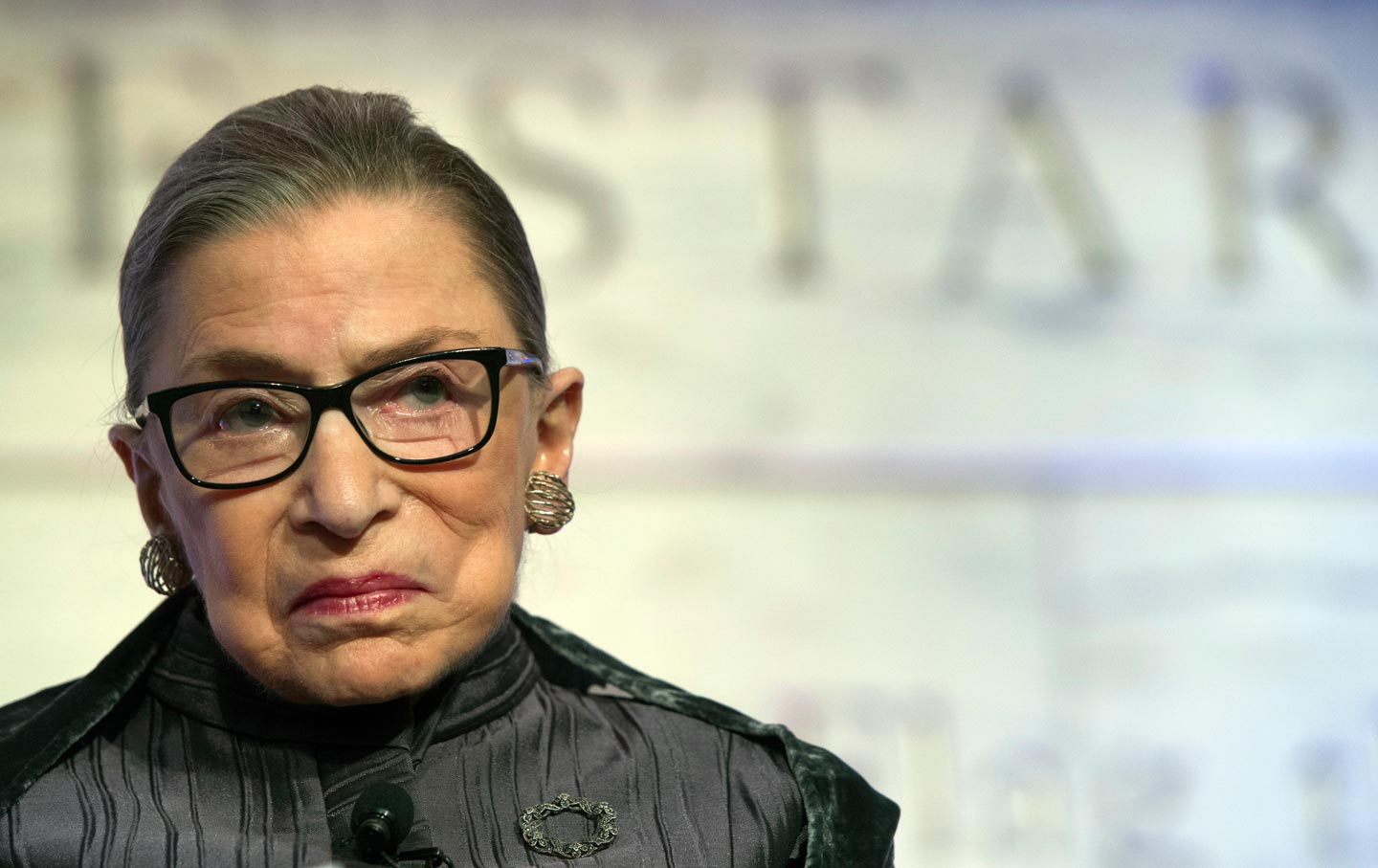
“One was to be a lady, and the other was to be independent.” When Ginsburg was nominated by President Bill Clinton to the Supreme Court on June 14, 1993, it was her mother whom she thanked: “The bravest and strongest person I have known, who was taken from me much too soon. “My mother told me two things constantly,” Ginsburg often said. “Neither of my parents had the means to attend college, but both taught me to love learning, to care about people, and to work hard for whatever I wanted or believed in.” Celia Bader did not live to see her daughter’s many accomplishments she died of cancer the day before Ruth graduated from high school, though her influence had a lasting effect on the rest of her life. “I am…a first-generation American on my father’s side, barely second generation on my mother’s,” Ginsburg said. Joan Ruth Bader was born on March 15, 1933, in Brooklyn, New York, to Nathan and Celia Bader, a furrier and a garment factory worker, respectively, and grew up in a low-income, working-class neighborhood.

She died on Friday of metastatic pancreatic cancer. A staunch defender of civil rights a giant who stood only around 5 feet tall in her lace collars, sparkling brooches, oversized spectacles, and beloved scrunchies, Ginsburg was the very best of us, a striver for the right reasons: liberty, equality, an ever-expanding and evolving idea of what America is and could be, and the promise of a better tomorrow than today.

How do you sum up a life like Ruth Bader Ginsburg’s? Several filmmakers have tried-two in 2018 alone-to capture the depth and scope and cultural heft of the Supreme Court justice’s sway over American history and the public imagination.


 0 kommentar(er)
0 kommentar(er)
